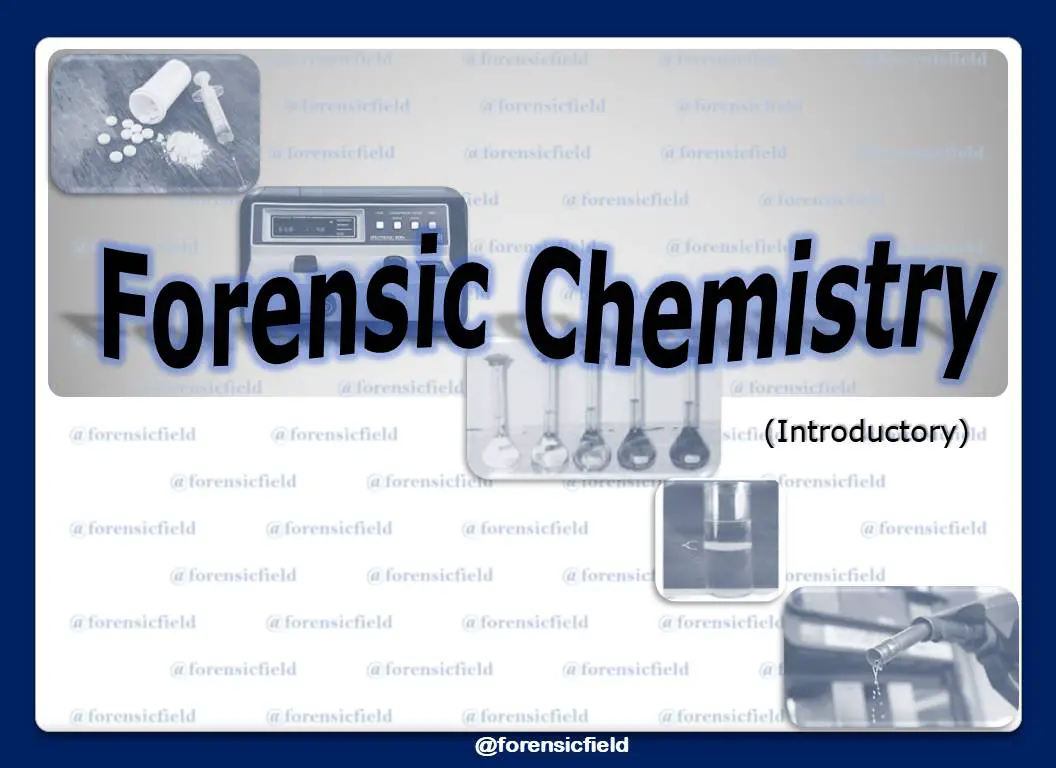Forensic science: a discipline that unravels mysteries hidden within the tapestry of evidence. Within this broad field reside specialized domains, each contributing unique insights. Two prominent contenders often spark debate: forensic biology and forensic chemistry. But which reigns supreme? Is there a definitive “best” between these two critical fields? The answer, as is often the case in the realm of forensic investigation, is nuanced. To simply declare one superior would be an oversimplification, akin to claiming a microscope more valuable than a spectroscope – both are indispensable tools within a larger scientific arsenal.
This exploration will delve into the distinct characteristics of forensic biology and forensic chemistry, examining their methodologies, applications, and relative strengths. We’ll dissect their respective roles in solving crimes, highlighting instances where one discipline takes precedence and others where their synergistic collaboration is paramount. The goal isn’t to crown a champion but to provide a comprehensive understanding of how these two cornerstones of forensic science contribute to the pursuit of justice.
Unraveling the Secrets of Life: Forensic Biology
Forensic biology, at its core, is the application of biological principles to legal matters. It’s about identifying, analyzing, and interpreting biological evidence found at crime scenes or related to legal investigations. Think DNA, blood, saliva, hair, bones – anything originating from a living organism or its remnants. This field hinges on the immutability and uniqueness of an individual’s biological signature, most notably their deoxyribonucleic acid (DNA).
Key methodologies employed in forensic biology include:
- DNA Analysis: The gold standard. Techniques such as polymerase chain reaction (PCR) and short tandem repeat (STR) analysis amplify and characterize specific DNA regions, creating a genetic profile that can be compared against suspects or databases. This allows for near-certain identification or exclusion. The reliability of DNA evidence rests on stringent protocols and statistical interpretation.
- Serology: The examination of bodily fluids, particularly blood and semen. Serological tests can determine the presence, origin, and type of fluid, providing crucial insights into the events that transpired. For instance, blood spatter analysis, a subset of serology, reconstructs the sequence of events based on the distribution and characteristics of bloodstains.
- Forensic Botany & Zoology: Analyzing plant and animal matter found at a crime scene. This seemingly niche area can provide valuable information about the location, timing, and potential movement of individuals or objects. Pollen analysis, for example, can link a suspect to a specific location.
- Forensic Anthropology: The study of skeletal remains. Forensic anthropologists can determine the age, sex, ancestry, and cause of death of an individual based on their bones. This is particularly vital in cases involving unidentified remains or mass disasters.
Forensic biology is indispensable in cases involving sexual assault, homicide, paternity disputes, and missing persons. Its power lies in its ability to establish irrefutable links between individuals and crime scenes. It also has wide application in wildlife crime, helping identify poachers and track endangered species.
The Chemical Language of Clues: Forensic Chemistry
Forensic chemistry, conversely, deals with the application of chemical principles to the analysis of evidence. It’s about identifying and quantifying chemical substances found at crime scenes, in materials, or within the human body. This can include drugs, explosives, poisons, paints, fibers, and countless other compounds. The focus is on deciphering the chemical composition of matter and relating it to the circumstances of a crime.
Core techniques utilized in forensic chemistry encompass:
- Spectroscopy: A suite of techniques that analyze the interaction of electromagnetic radiation with matter. Techniques such as Gas Chromatography-Mass Spectrometry (GC-MS) and Infrared Spectroscopy (IR) identify substances based on their unique spectral “fingerprints.”
- Chromatography: Separates complex mixtures into their individual components for subsequent analysis. Thin Layer Chromatography (TLC) and High-Performance Liquid Chromatography (HPLC) are common examples.
- Microscopy: Utilizing various types of microscopes to examine trace evidence, such as fibers, hairs, and paint chips. Polarized Light Microscopy (PLM) is particularly useful for identifying crystalline substances.
- Toxicology: The analysis of biological samples (blood, urine, tissue) to detect and quantify drugs, poisons, and other toxins. This is crucial in cases involving drug-related deaths, driving under the influence, and poisoning.
Forensic chemistry plays a pivotal role in drug analysis, arson investigations, explosives detection, and the identification of unknown substances. It’s the go-to discipline when the chemical composition of evidence holds the key to solving a crime. Consider the meticulous process of identifying an unknown powder found at a crime scene, or the complex analysis required to determine the origin of a fire – these are the domains of forensic chemistry.
Synergy and Interdependence: A Harmonious Partnership
While distinct in their methodologies, forensic biology and forensic chemistry are not mutually exclusive. In many investigations, their collaboration is essential for a comprehensive understanding of the evidence. Imagine a scenario where a body is discovered in a burned-down building. Forensic chemistry would be used to determine the accelerant used to start the fire, while forensic biology would be employed to identify the victim and establish the cause of death.
In cases involving drug-facilitated sexual assault, forensic chemistry identifies the presence of drugs in the victim’s system, while forensic biology analyzes DNA evidence to identify the perpetrator. This synergistic approach provides a more complete picture of the crime, strengthening the prosecution’s case and increasing the likelihood of a just outcome.
The Verdict: Not a Competition, but a Complement
The question of whether forensic biology is “better” than forensic chemistry is ultimately a false dichotomy. Both are indispensable branches of forensic science, each possessing unique strengths and applications. The “best” discipline depends entirely on the nature of the evidence and the specific questions that need to be answered. In reality, their collaboration is often the most powerful approach, leveraging their complementary expertise to unravel the complexities of criminal investigations and ensure justice prevails.










Leave a Comment